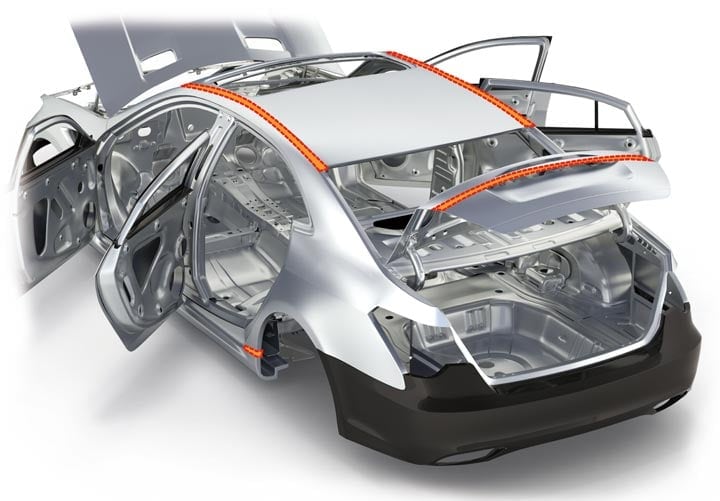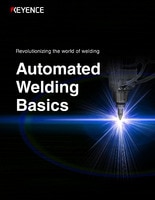Brazing
In brazing and soldering, brazing is the joining method that uses filler materials with high melting points. This page introduces the principles and advantages of brazing by focusing on laser brazing, which uses a laser as the heat source.
Brazing is a method of welding that uses filler materials with high melting points.
Torch brazing uses a normal gas welding torch as a heat source, and induction heating brazing uses high-frequency induction heating as a heat source. Another method is controlled atmosphere brazing (furnace brazing) that is done inside a vacuum furnace without using flux by heating and cooling the base material and filler material. These welding methods are used for non-oxidizing brazing of stainless steel and for the automation of joining titanium and ceramic workpieces.
In recent years, another brazing technique known as laser brazing has attracted a lot of attention.
Laser brazing uses light energy (laser) to melt a wire-shaped filler material supplied between base materials to join them. Since this process rarely melts the base materials, thermal deformation is minimized. This allows lightweight and highly rigid joining without affecting the product design.
Resistance spot welding was generally used to join automobile roofs, side panels, and trunk lids. For example, when joining a roof and body, they had to add processes to provide a groove for resistance spot welding and then cover the part with molding to hide the groove and weld spots.
Since laser brazing does not spoil the appearance of the base material, the processes for working the groove and preparing molding or other parts can be eliminated. Laser brazing can almost double the joint strength and joining speed compared with resistance spot welding. This process is expanding in the automotive and other industries in Europe and Japan.
- Example of Laser brazing applications in automobile manufacturing





